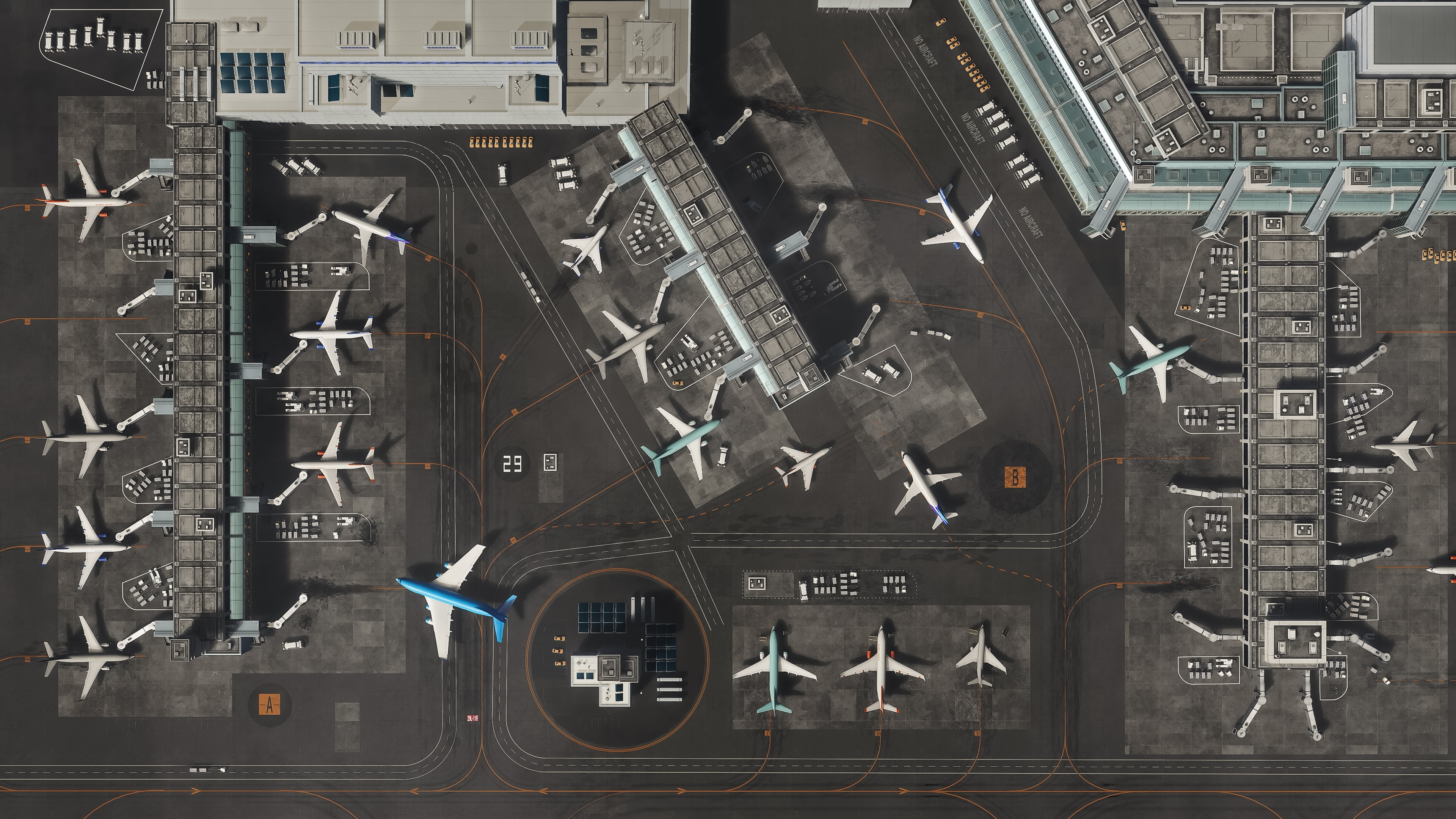
Advanced Airport Terminal Planning (Design and Maintenance)
Introduction
- The passenger terminal is one of the most important elements of an airport, and serves as the link between air and surface modes of travel.
- How a terminal is planned and designed is critical to determine if an airport is successful in efficiently meeting its user’s future needs.
- Since the airport is a complex hub for various facilities (shops, food outlets, air carrier operations) design of airport buildings therefore entail complex collaboration among airport stakeholders.
Objectives
Upon completing this course, participants will be able to:
- Understand the passenger terminal operations
- Understand passenger flows in airport terminals
- Understanding airport passenger experience
- Identify terminal capacity
- Analyze and evaluate the check-in process at the terminal
- Understand the IATA level of service (LOS) for the design, development and assessment of passenger terminal facilities and corresponding service levels.
- Improved level of service concept
- Identify ways to increase the revenue generated by non-aeronautical activities.
Who Sould Attend
- Inspectors and Regulators, Flight Procedures Designers, and Aerodrome Service Providers ATC, Airport Engineers and Pilots.
- Designers and engineers. • Airport operation managers and staff. • Airline Station Managers and staff. • Duty managers. • Safety and Compliance Managers and staff. • Security Agency Managers and staff. • Aerodrome inspectors and auditors.
- System Engineers
- • Airfield Technicians working on maintenance and operation of helipads. • Airport engineers• Engineering staff with responsibility for helipad maintenance • Construction inspectors
- Airport engineers
Course Content
- Criteria for the Passenger Building Plan
- Terminal Operations Support Systems
- Airport Passenger and Service Characteristics
- Characteristics of Passenger Areas
- Capacity and Demand
- Methodology to Determine Airport Check-In Counter Arrangements
- Size and Configuration of Check-In Counters
- Number of Check-In Counters
- Service Time
- Queuing System
- Space Per Passenger
- Level of Service (LOS)
- Estimation of Arrival Distribution
- Determining Queue Length and Waiting Time
- Determining Number of Servers
- Passenger Flow
- Forecasting
- Baggage Handling Systems (BHS)
- Terminal Security Planning and Facilitation
Prerequisite
Location
CairoCourse Code
U343Course Duration
10 DayAsk Qustion
Request at your location
Download in PDF
